A few months ago when I saw the offer to run Terrain Race Maryland for free, I thought I would give it another shot. I ran the event in 2018 and thought it was a felt a bit “homemade,” but I enjoyed some of its more unique aspects (like the starting line “cramp tubs”) and thought it had potential.
Like many others, I was also curious about how the changes in ownership and management would impact the event. And, with the elimination of competitive waves this year, I wanted to see how the character of the race changed.
I was pleasantly surprised.
The Course
This year’s Terrain Race did a much better job of utilizing the natural topography that the previous layout. While only a 5K course, the longer runs between obstacles provided more seasoned runners with a chance to create some distance from the first-timers, while still having to negotiate transitions between firm ground, rocky trails, and slippery bog-like sections. Some longer hills and steeper descents mixed in to give it a technical feel.
The obstacles themselves were probably the greatest change. Most importantly, the old wooden “backyard” obstacles were gone and in their place were nice metal trusses. It felt safer, more durable, and looked great. Cargo net bridges, rope climbs and a few variations of monkey bar-type challenges were fairly pedestrian, meaning veteran racers may have found the course easier, but it was certainly much improved.
“We felt like not enough new people were getting introduced to obstacle course racing a few reasons,” said spokesperson Caleb Bacon. “The first is most races look pretty hardcore and that might be scaring off some new people. For us, we've shifted focus to athletes of all levels. One way to do that is by moving the focus away from competition.”
So while I personally felt removing a unique feature like the cold tubs was a bit disappointing because it took away an element of “punishment,” emphasizing the fun may help this event find its footing in the long run.
Organization
When I read that Terrain Race was expecting more than 10,000 people, I was dreading parking and on-site registration. Surprisingly, these were not an issue. The event had an appropriate amount of people for pre-race check-in, and the parking situation was easy to navigate both in and out of the venue.
Most of the event staff were local, paid help, rather than volunteers. This was a slight drawback in that it seemed that many of the staff were new to the race experience and not really “connected” with the event. If I were to guess, many of them had never worked at an OCR event and certainly were not racers themselves, so they didn’t have the same engagement you might find at other events. Overall, it didn’t have much impact on the day though.
The finish line area was the biggest drawback and needs to be reconfigured in the future. Many participants were unable to cross the finish line because of the medal and t-shirt giveaway. From the time one climbed down the cargo net wall to actually making it through the finishing arch, it took nearly 10 minutes. No one wants to have to cross the finish line by queuing up.
Fees
The other complaint I heard from several folks throughout the day were the fees. It seemed like you had to pay for EVERYTHING, but there was no convenient way to do it all at once. While the registration was free, naturally you had to pay for the insurance ($14.00). And then the $20 parking fee, and then $5.00 for picking up your bib on race day, and then another $5.00 for bag check. It would have been nice to pay for everything at once instead of feeling like you were constantly reaching for your wallet.
Festival Feel
Typically, this is a nice-to-have experience. A few food vendors, good music, and a generally festive atmosphere can take a mediocre race and make it better. This is an area where Terrain Race could find some room for improvement.
Beyond the course itself, there wasn’t much “there” there. The DJs were dispassionate and did little to ramp up enthusiasm before each wave took to the course. Aside from announcing the time of day, they did little to add to the event.
There were very limited options for food and no real reason to hang out and enjoy the race environment. It was just a “get-in and get out” kind of transactional feeling. But, that’s OK too. Terrain Race is not pretending to be a killer party or all-day festival, but a little extra effort here could go a long way.
Final Thoughts
This is a real transition year for Terrain Race, and I think it’s off to a good start. Cool Events seems to understand that Terrain Race cannot be everything to everyone. And that’s good. Simplifying the offering and focusing on an entry-level experience is a smart play, and consistent with their other offerings like the Foam Glow and Bubble Run. Hardcore racers know where they can go for pain and suffering and true athletic tests. But, if you want a fun way to spend part of a day with friends and family, or want to introduce someone to the muddy world of obstacle course racing, it’s worth checking out your local Terrain Race. After all, who doesn’t like free mud?
Rating: 3.5/5
Have you done an Terrain Mud Run?
Leave your own Terrain Mud Run review and feedback...
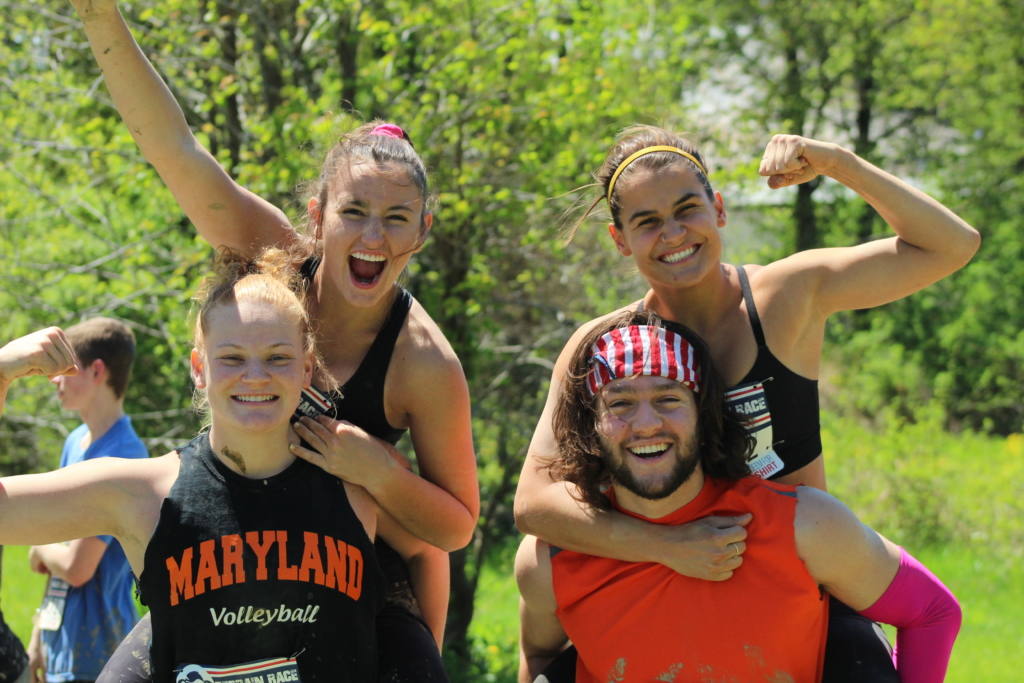
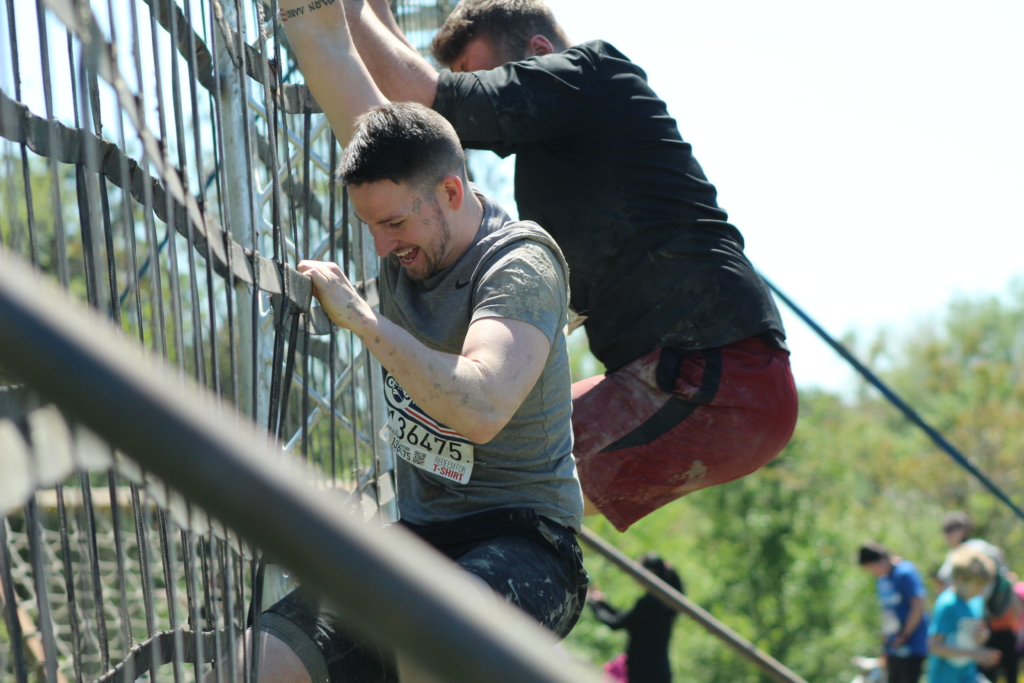
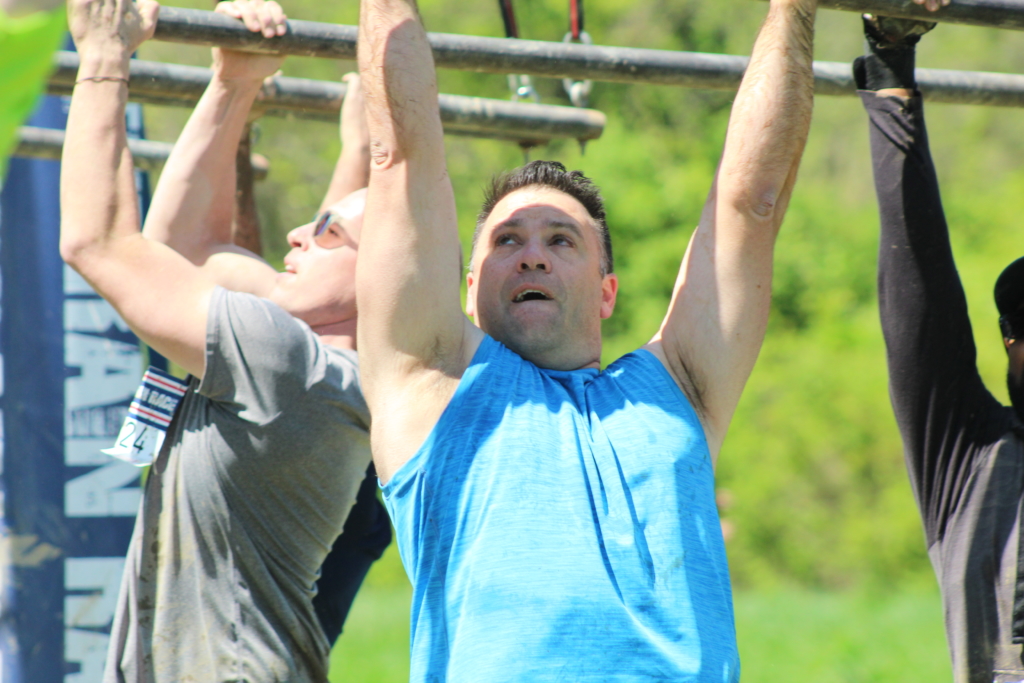
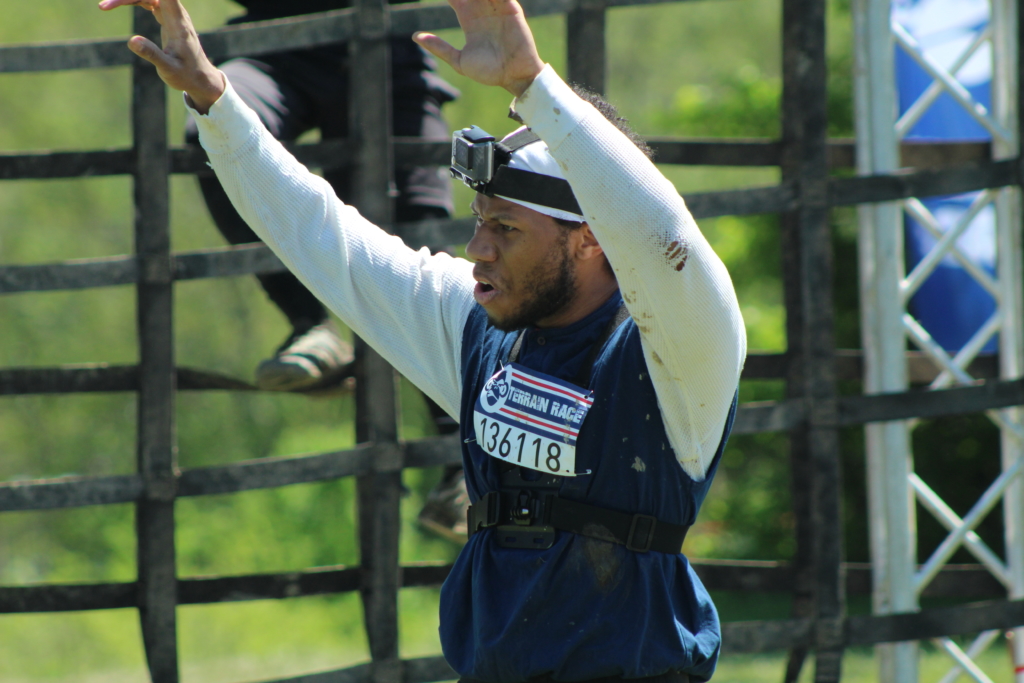
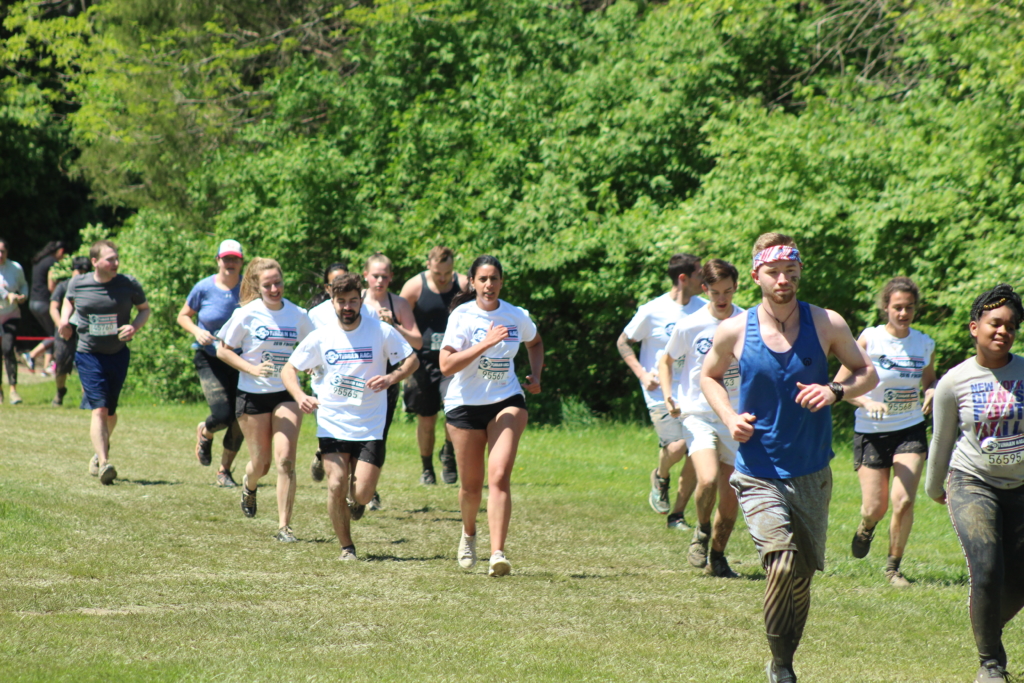
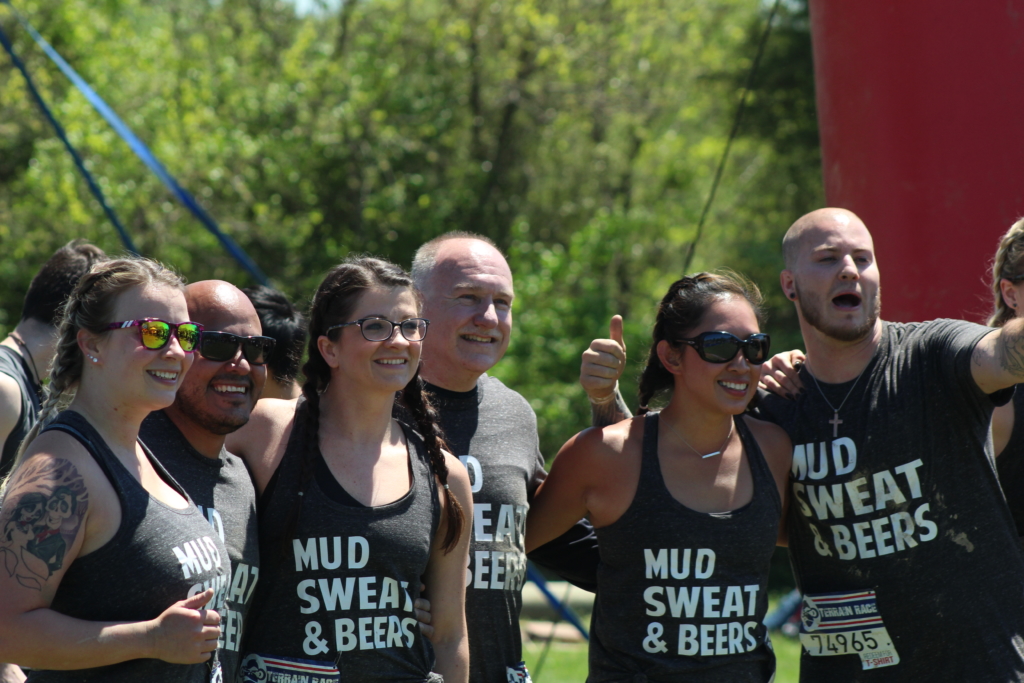


Glad to know about the fee thing when I do the NJ race this Fall.